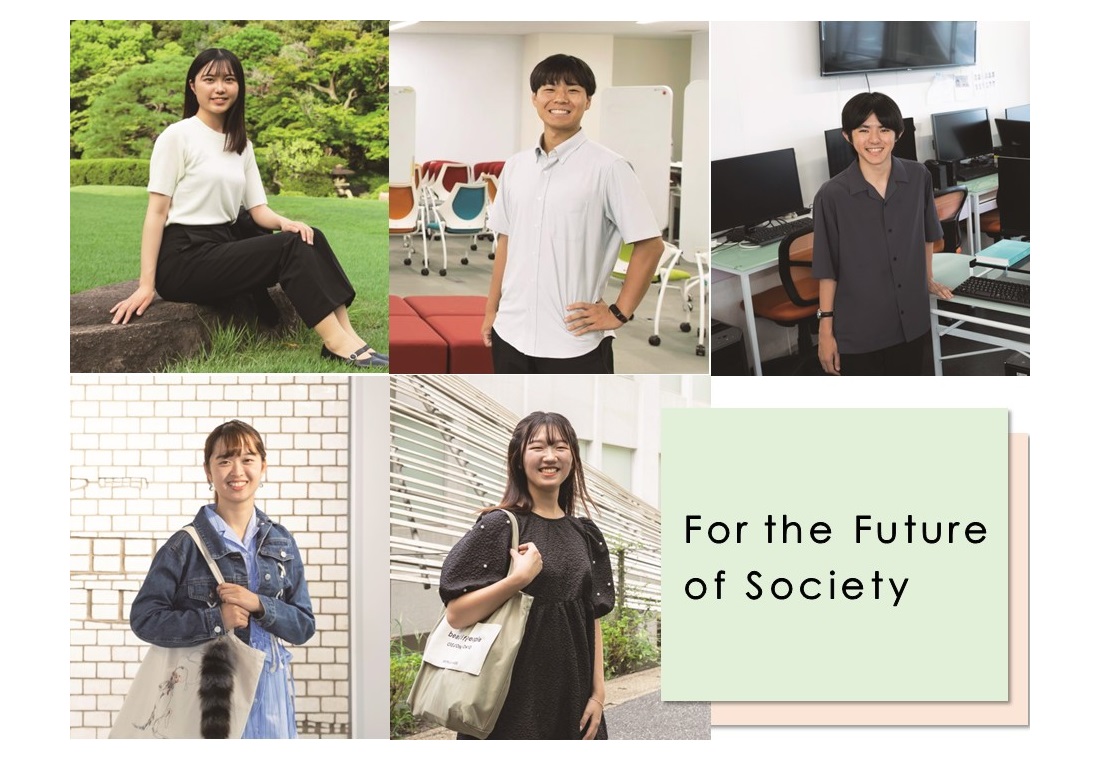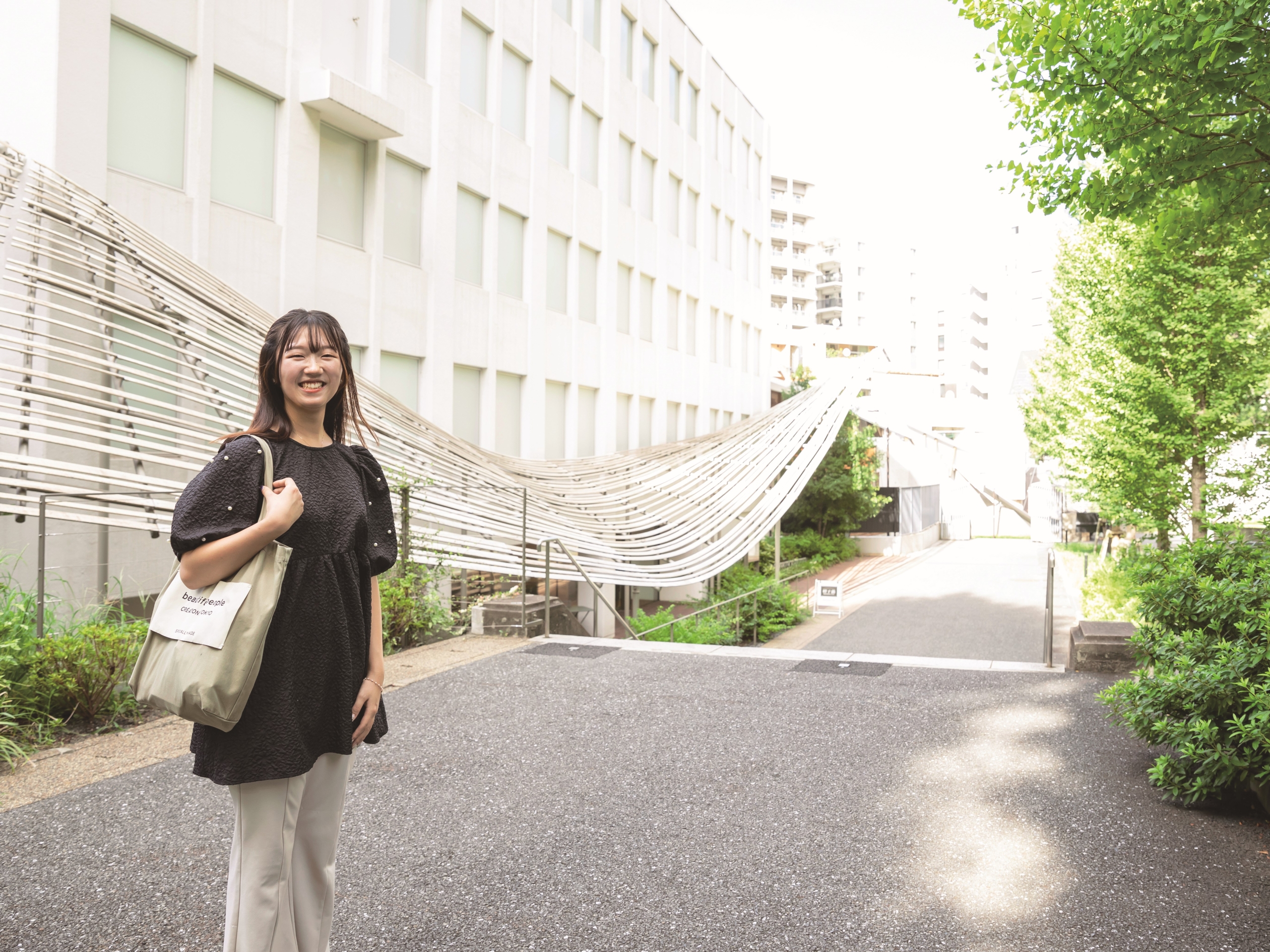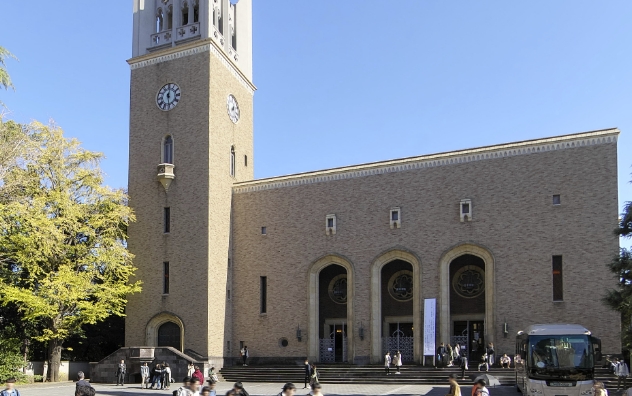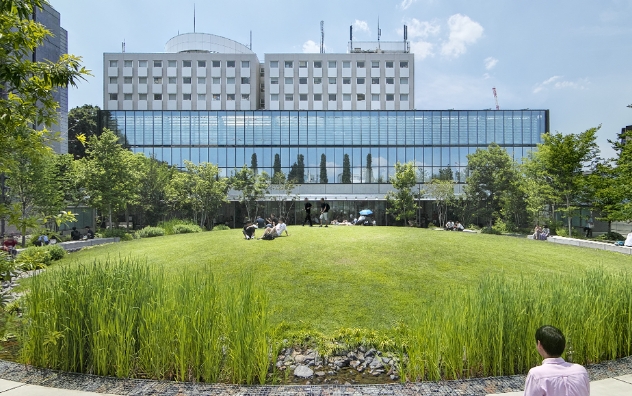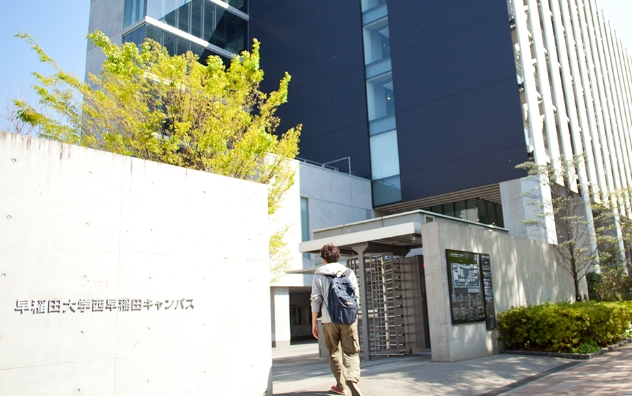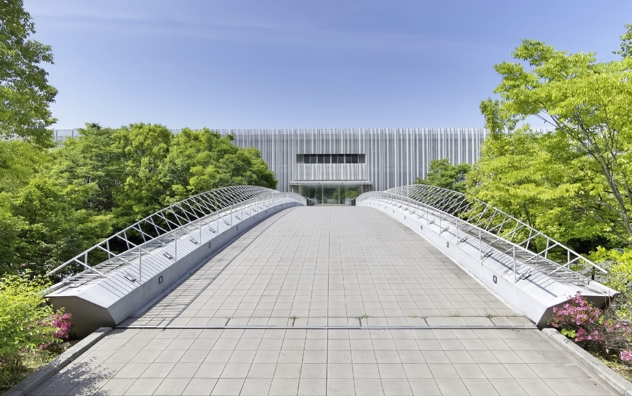For the Future of Society –Student volunteer activities
Mon, Jan 6, 2025-
Tags
Waseda University is working with many local governments and companies across the country on various initiatives to develop the results of its research and give back to society. The University also supports student volunteer activities in various locations, and the network is expanding nationwide. In this special feature, we will introduce students who are working hard to create a better future for the local community through various activities, such as education, research, and volunteering.
Continuing the activities and recovery efforts for areas affected by disasters like the Noto Peninsula earthquake is extremely important
Participating in disaster recovery support for Suzu City through WAVOC‘s volunteer program
Yuriko Takeishi, 3rd year student in the School of Law
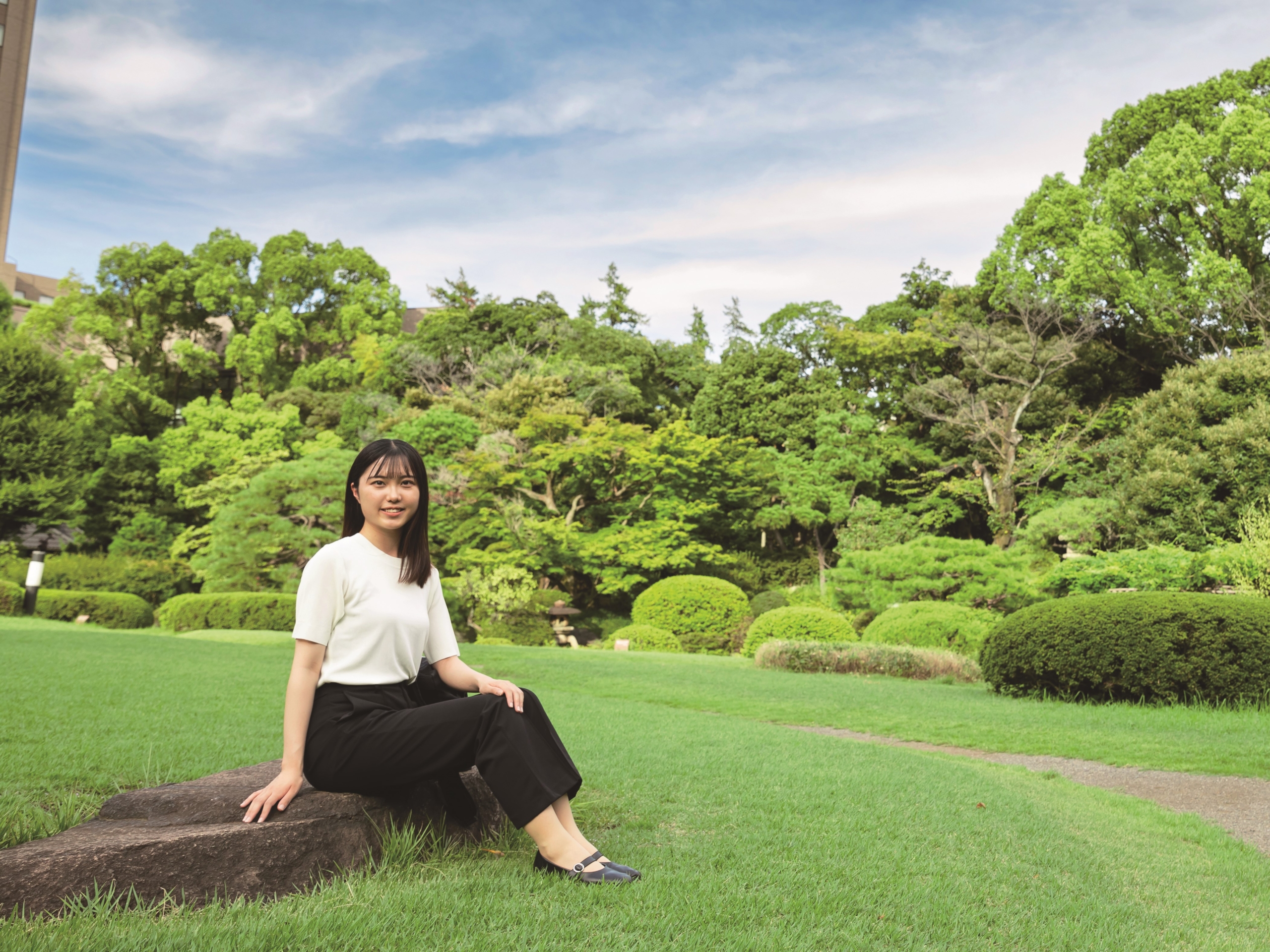
I went to Rikuzentakata City, Iwate Prefecture, an area affected by the Great East Japan Earthquake, on a school trip in junior high school, and I have had a strong interest in disaster recovery support ever since. After entering university, I joined the Waseda University Kesennuma Team, a club that was born from the reconstruction support activities of the Hirayama Ikuo Memorial Volunteer Center (WAVOC), and am serving as its general secretary. I was involved in community contribution activities in Kesennuma City, Miyagi Prefecture, and received words of “thank you” from the local people, which gradually made me think about the meaning of volunteering. Then, in January of this year, the Noto Peninsula earthquake occurred, and when I saw the situation on TV, I intuitively thought, “I have to go.”
Later in May, I visited Suzu City, Ishikawa Prefecture, as part of WAVOC’s “Noto Peninsula Earthquake Disaster Recovery Support Volunteer” program to participate in the recovery efforts. About five months had passed since the disaster, and even at that time the road and water supply maintenance had not progressed. I felt anxious when I arrived, wondering how to interact with the local people. In the area, I helped to transport broken and unnecessary furniture to a collection point. Even if people were able to live there without evacuating, there were spaces where they could not live because the entire house was tilted or the roof had collapsed. At one elderly person’s house, they had prepared futons for their grandchildren who were planning to visit, but the earthquake prevented this from happening, and they had to clear it away, which was heartbreaking. Although it was a one-day activity and my stay was short, they were grateful for even small tasks. As I spoke to the people who were so warm to me even in such a harsh environment, I had mixed feelings, wondering if it was okay to be thanked for just a little help. At the same time, I began to believe that reconstruction support for disaster-stricken areas should not end with the self-satisfaction of having “provided assistance,” but rather it was important to continue to be involved, thinking about what I could do at each stage.
Now that I’m back in Tokyo, I realize how precious the everyday life I take for granted, such as seminars and club activities, is. I want to continue to cherish each and every day and visit the Noto Peninsula again while I’m still a student.
Establishing a space where students active in the community can gather and share information
Establishment of student community “Yui no Me” in conjunction with the launch of the university-wide minor “Regional Collaboration and Regional Contribution”
Haruto Shimizu, 4th year student in the School of Social Sciences
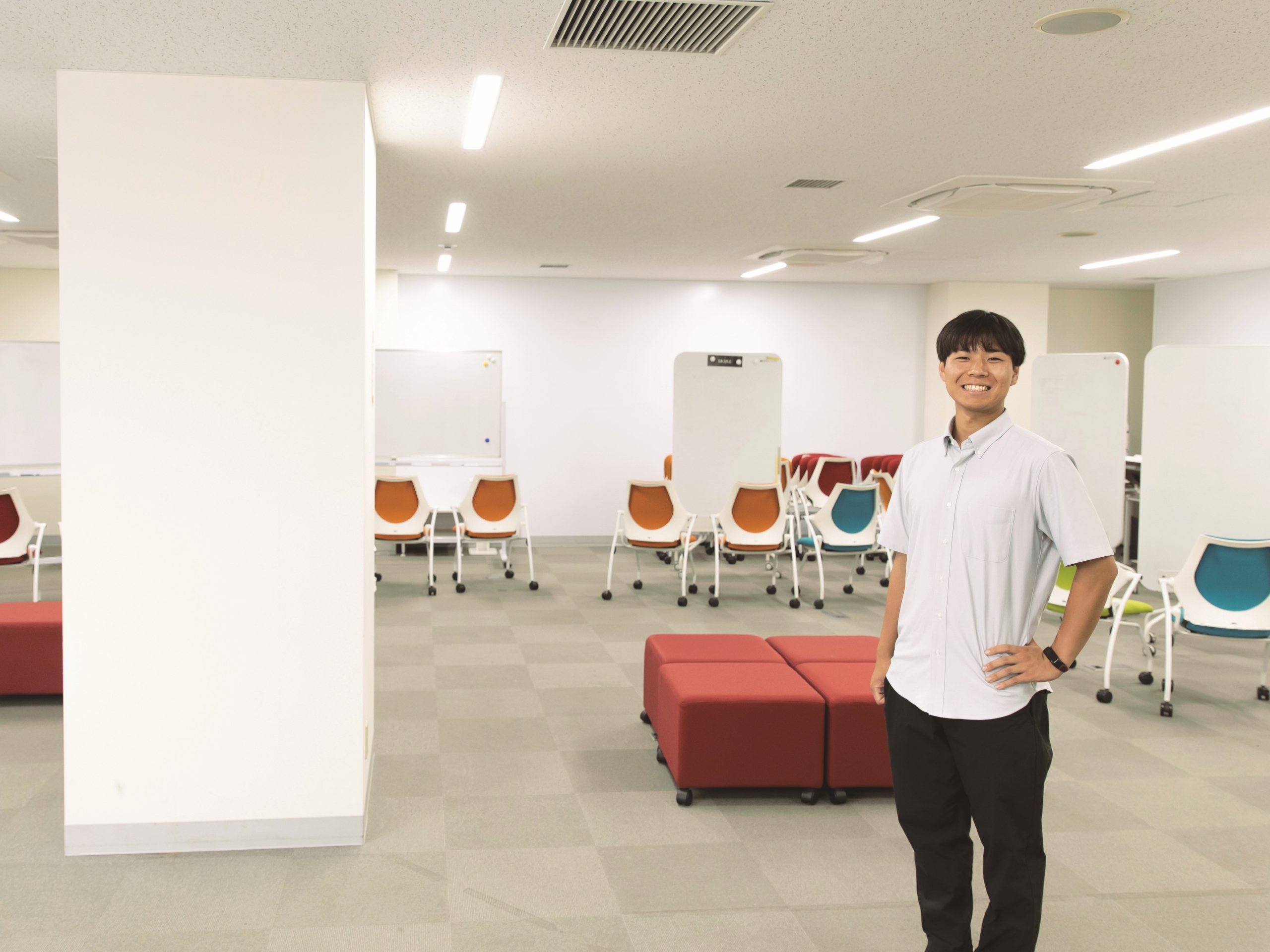
I am in charge of planning and running “Yui no Me,” a community of students interested in community activities. At Waseda University, students are involved in community activities in various ways, such as through laboratories in each faculty, volunteering, student groups, and clubs, and in 2024, a university-wide minor in “Regional Collaboration and Regional Contribution” was established. Wanting to strengthen the horizontal connections between these students and stimulate information exchange and collaboration, I directly consulted with the faculty and staff involved in the establishment of the minor, and the establishment of Yui no Me was realized.
There is a space for students to work on Regional collaboration in the Waseda Co-Creation Center on the Waseda campus. Not only students, but also alumni and local government officials are welcome to visit. At the Community Cafe, which is held once or twice a month, a discussion or free talk is held on a set theme each time, and it is beginning to function as a new place for co-creation, such as the birth of local initiatives through interactions between working adults and students.
I belong to the Rural Design Research Seminar in School of Social Sciences, and conduct fieldwork in the Chino region of Izu City, Shizuoka Prefecture. Rice terraces and wasabi cultivation are popular in Izu City, and I have worked in collaboration with farmers to create promotional videos to promote the area’s attractions and organize workshops to consider measures to prevent damage caused by wild boars and deer. When it comes to local issues, information obtained through lectures and the Internet tends to take precedence, but when you actually interact with local people, your perspective often changes. In particular, agriculture has given me many discoveries, as I grew up in Tokyo. By experiencing farm work, I can learn about the difficulties and challenges of rice terraces, such as the unique circumstances that large agricultural machinery cannot enter, the inspection of water channels, and the risk of heatstroke.
From these experiences, I wanted to deepen my understanding of the local community, and came up with the idea for Yui no Me. Even if we talk about contributing to the local community, other students have different ideas than me, for example, science and engineering students have perspectives on architecture and urban planning. I would like to continue contributing to the local community after graduation by meeting people from various backgrounds and exchanging ideas.
Exploring better urban development through transportation planning research
Pursuing the ideal form of urban transportation through the consensus-building process between local governments and residents
Kasei Tamiya, 4th year student in the School of Creative Science and Engineering
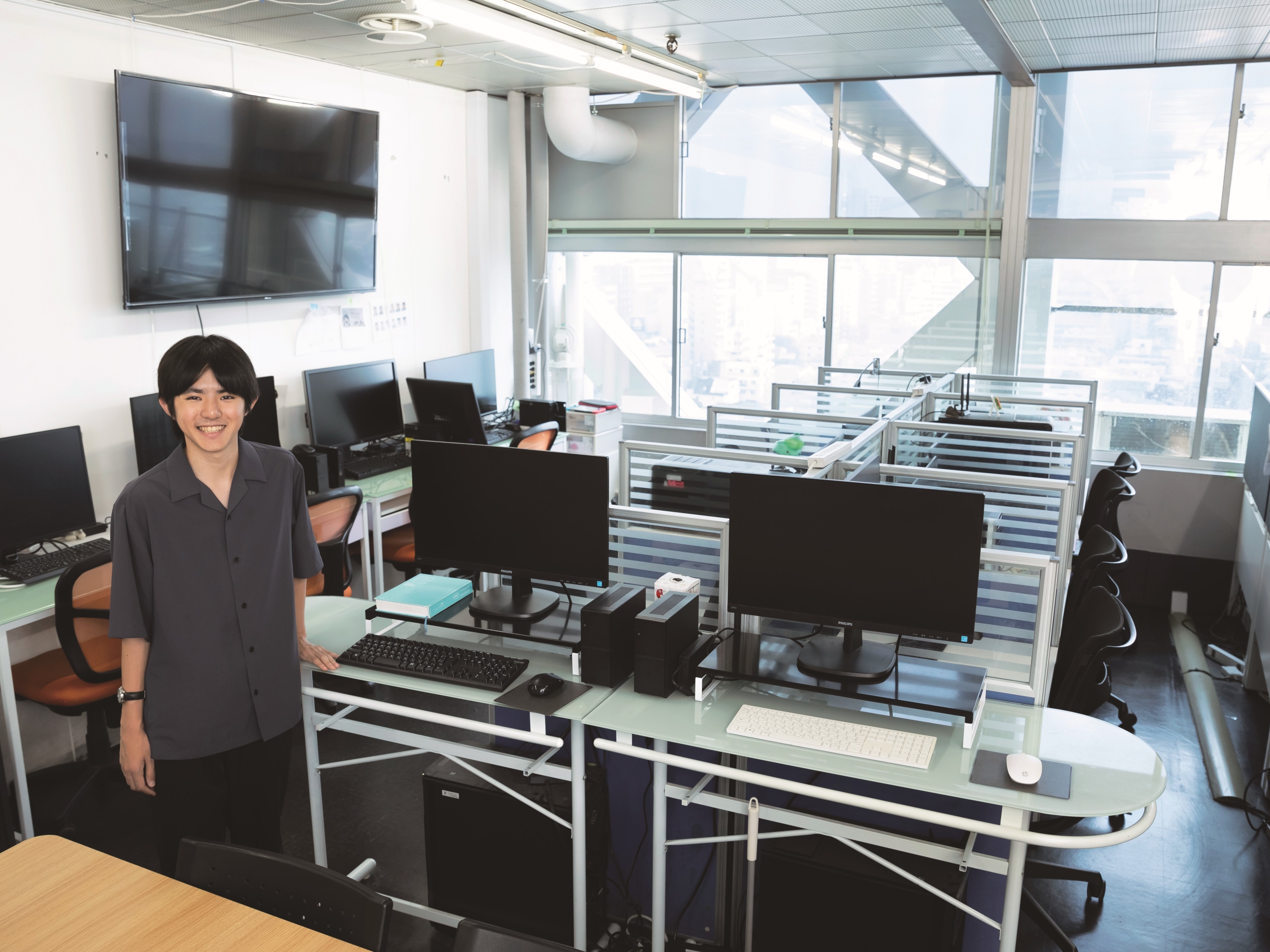
I had wanted to work in the railway industry since I was a child, so I chose to study science in high school to study civil engineering and transportation, and went on to study civil and environmental engineering in the School of Creative Science and Engineering. I belong to Professor Morimoto Akitomo’s laboratory, where I am studying urban planning and transportation planning. The graduate lab students make full use of field surveys and data analysis, while undergraduate students like me are immersed in research every day, receiving guidance in methods such as simulation and programming. In undergraduate lectures, I also acquired basic knowledge in the world of transportation, such as architectural knowledge of structures such as bridges and tunnels.
The research theme for my graduation thesis is the process that local governments go through when introducing LRT *. LRT has many positive effects, such as improving the convenience of travel, eliminating traffic congestion, and updating the scenery, and about 40 local governments across the country are considering introducing it, but it cannot be said that progress is being made in general because consensus building among residents and related organizations through assemblies and public hearings is essential. I would like to present factors that need to be improved by analyzing local transportation plans, activities of civic groups, and the ripple effects of social media, and grouping the barriers to introduction by local government.
In my private life, I also likes trains, and have traveled to all 46 prefectures. I am also a member of “Isumikko,” a group that works to revitalize the Isumi region of Chiba Prefecture, and am working to solve local issues in collaboration with the local railway company, government office, and fishing association. While the region is experiencing population outflow, it is also a popular destination for people to relocate, and people there have strong horizontal connections, helping each other with work. Seeing the locals and people who have relocated happily interacting with each other, I was reminded of the charm of the community.
What I learned from seeing various regions is the importance of a wide range of people understanding the charm and challenges of a region. I think that new initiatives will become possible if multiple stakeholders, such as the government and residents, and those inside and outside the region, share the same information. After graduation, I plan to work for a railway company. I would like to continue contributing to the local community by combining the theories I learned in academia and the initiative I gained locally.
*LRT: Light Rail Transit. A rail-based transportation system that offers ease of boarding and alighting, punctuality, speed, and comfort through the use of low-floor vehicles and improvements to tracks and tram stops.
We want to foster interpersonal exchange and disaster prevention activities through both theater and Regional collaboration
Taking on the challenge of revitalizing the local community through theater, utilizing majors, minors, and extracurricular activities
Mao Sekiguchi, 4th year student in the School of Japanese Culture, Media and Society
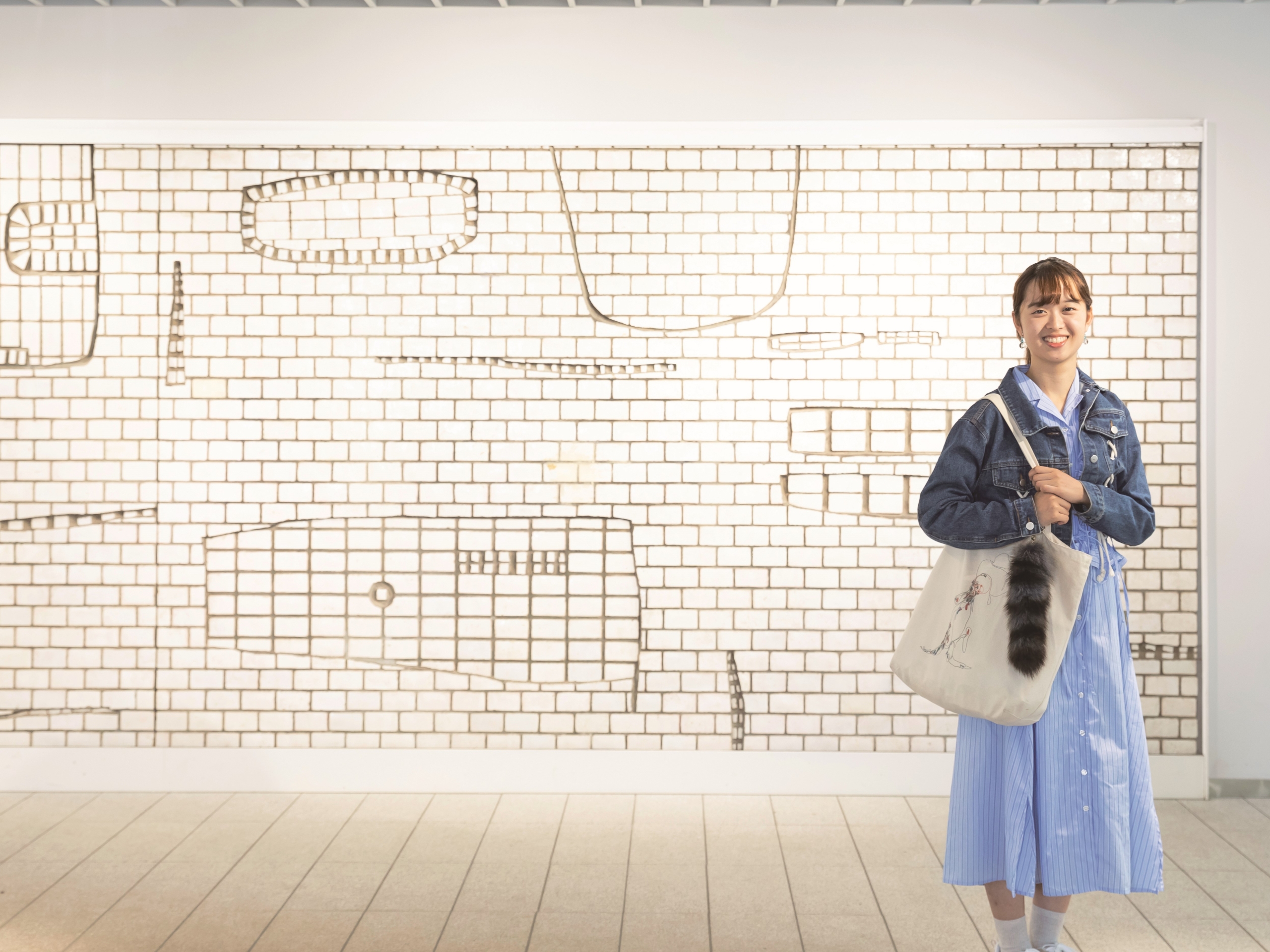
I grew up in Arakawa Ward, Tokyo, a city known for its advanced disaster prevention education, and I was interested in local issues related to disaster prevention, such as mutual aid in the event of a disaster, so I entered Waseda University through the “WASEDA Civic Engagement and Leadership Admissions”. For the entrance exam, I made use of the theater I had been involved in in middle and high school, and wrote a report proposing measures to create a community that would prevent residents from being isolated by interacting with them through theater.
Since enrolling at the university, I have continued to study both theater and community collaboration. In the Faculty of Culture, Media and Society, I am taking classes focusing on theater and is a member of a seminar on bodily representation theory. I am also passionate about performing in theater with my friends in the group “Gekidan Kurumeru Theater.” I am also aiming to complete the “Community Collaboration Practice Course” *, which provides a systematic study of community collaboration, and have participated in fieldwork in various regions.
One of these was the “Regional collaboration Workshop” in Tsuyama City, Okayama Prefecture, where we interviewed the mayor and local business owners and proposed measures to attract visitors based on the charms of the region. Tsuyama City, dotted with tourist attractions, has a city development plan that likens the entire city to a “museum without a roof.” Therefore, we proposed a measure to strengthen the unity of PR by using common pamphlets and signs throughout the city. The mayor had high hopes for us, saying, “We want the perspective of Tokyo students,” and he praised our design ideas during the presentation.
Regarding theater, I screened a video of my original theater work “Dreams After” in Minokamo City, Gifu Prefecture, with which Waseda University has a cultural exchange agreement. By being deeply involved as assistant director, director, and actor, I was able to learn about my role in a group. In addition, Shakespeare is one of the motifs of this work, and Shoyo Tsubouchi, who contributed to the translation of Shakespeare, is a person with ties to both Waseda University and Minokamo City. I was also able to learn a new side of cultural activities, where a common theme deepens the exchange between the people involved. After graduation, I would like to continue to be involved in theater and the local community and cultivate an even more multifaceted perspective.
*For students entering in 2024 or later, the program will transition to a university-wide minor in “Regional Collaboration and Regional Contribution” certification program.
A Waseda student currently working in her hometown of Rikuzentakata
Rethinking the contributions required to the community 13 years after the Great East Japan Earthquake
Yukina Matsuda, 3rd year in the School of Education
I am originally from Rikuzentakata City, Iwate Prefecture, and my house was completely destroyed in the Great East Japan Earthquake when I was in the first grade of elementary school. I wanted to return to my hometown and contribute in the future, so I went to Waseda University to study and gain various experiences in order to do so. Since my first year, I have participated in the Waseda Volunteer Project “Rikuzentakata Project” run by the Hirayama Ikuo Memorial Volunteer Center (WAVOC), and have been active in my hometown as a university student.
In Rikuzentakata, there is a project called “Rikuzentakata Itarutokoro University” organized by the “Rikuzentakata Global Campus” jointly operated by Iwate University and Rikkyo University, which matches local needs with university students from all over the country. Through this system, I participated in a project to find the charms of spring in Rikuzentakata, where I listened to the stories of residents and business owners, walked around the city, and compiled the photos I took into posters that were published in the local newspaper. Rikuzentakata is also said to be the northernmost area for yuzu cultivation, and yuzu trees are said to have lived in this area for over 200 years. However, many people in the local area do not know about the “northernmost yuzu,” and there was still room for it to be used as a local resource. So I also participated in an activity to clarify the history. I compiled the information I obtained through interviews and literature research into a booklet.
Through this series of activities, I began to think about what “only university students can do.” Immediately after the disaster, when I was a child, the main support activities were removing rubble and providing support at temporary housing, and I was helped by people who were university students at the time. However, several years have passed since the disaster, and as the form of support has changed, I felt that there was less that university students could do. However, when I actually went to the disaster area as a university student, I realized that there was a lot that was required, partly because of the ongoing outflow of young people. I realized that if I could utilize my abundant time and energy, as well as the ideas and perspectives that only young people can have, I could contribute more to the local community.
After graduating, I would like to gain experience through work and eventually start a business from scratch in my hometown. I like connecting people in places like towns, so I would like to create a community that everyone can enjoy.
(Reprinted from CAMPUS NOW No.253 2024/10)
*This article was originally written in Japanese and was translated using an automatic translation tool.


